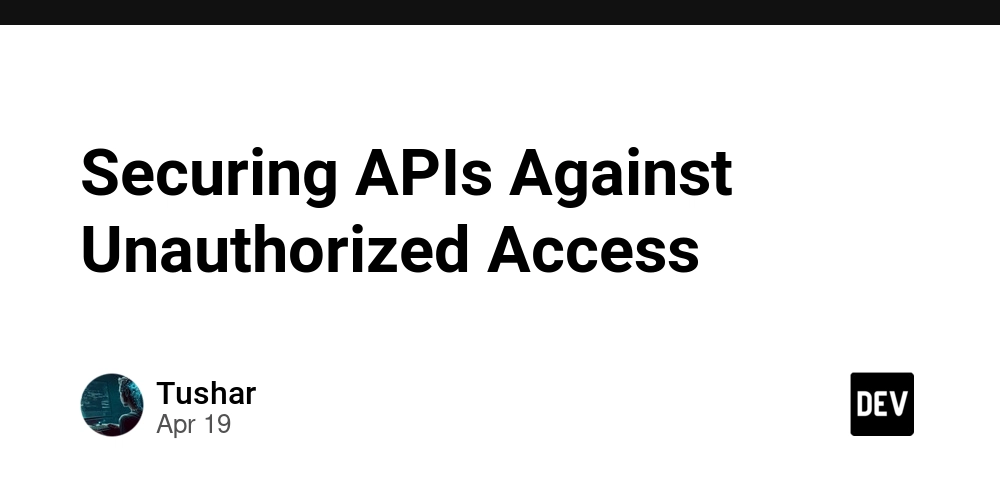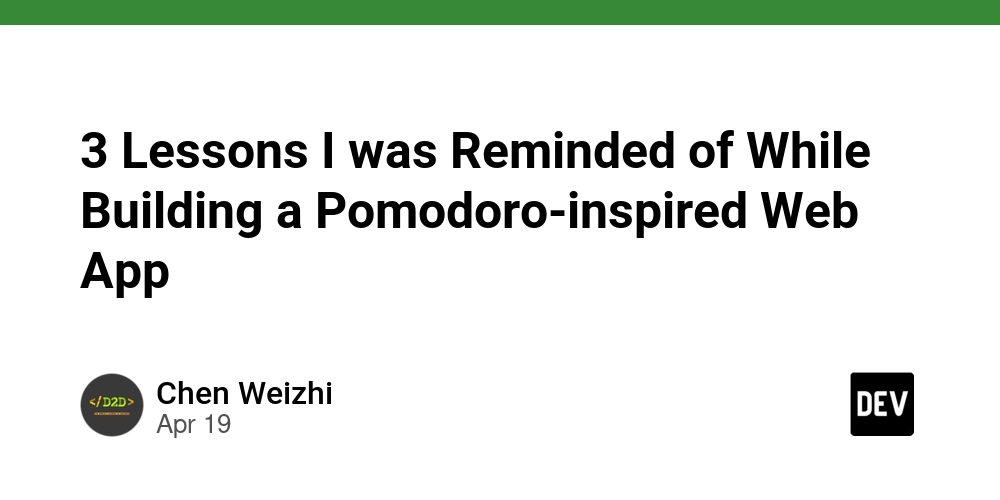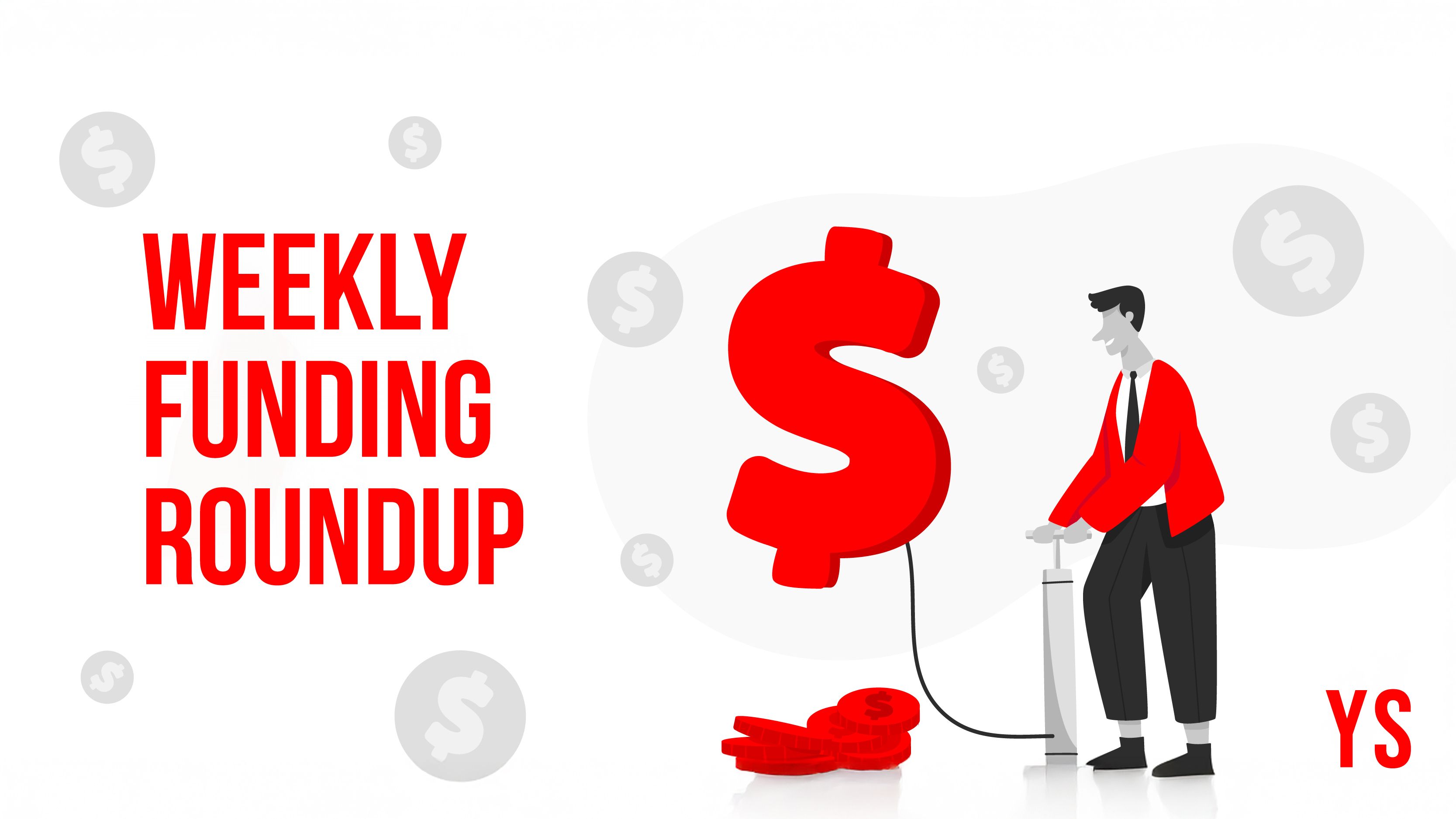The Ethereum Design: Understanding Governance
You see governance being talked about in crypto a lot, but why does it matter so much? A typical app or platform in web2 is run by a company with a CEO, board or shareholders who make decisions on the development and direction of the platform. Governance defines who decides what changes, and how those decisions are made. In crypto, decisions also need to be made about the rules, upgrades and direction of every app. But the goal of crypto is to hand that power to the community of users and ecosystem participants. This is called decentralized governance, and to achieve this, you often need tokens. Governance can be onchain or offchain Onchain governance means you need tokens to vote on a given decision. Voting happens on the blockchain and smart contracts automatically tally votes and enforce results. Offchain governance means discussions and decisions happen on forums, Discord, Github or Zoom calls, but implementation is done by devs and validators. Ethereum uses offchain governance. Ethereum's governance follows an informal, layered process based on open dialogue, rough consensus, and community coordination. Who participates in the Ethereum governance? Core Developers - write the Ethereum software, propose and implement changes to the Ethereum network. Node Operators/Validators - choose whether or not to run the new software updates. The Ethereum Foundation - an influential non-profit that provides funding, research, education and coordination. DApp Developers - build on Ethereum and influence the ecosystem via code, discourse and user bases. Users/ETH holders (also called the Social Layer) - exert public pressure and sentiment on social platforms and can steer the direction of governance. How Governance Works on Ethereum Step 1: EIP Process (Ethereum Improvement Proposals) Anyone can write an EIP proposing a change to Ethereum. The EIP is reviewed, debated, refined and tested. Step 2: Core Dev Calls Core devs have regular open meetings where tbey discuss EIPs, network upgrades and timelines. Anyone can join these calls. Step 3: Community Feedback/Social Layer Vibe Check Discourse on Twitter, Discord, Reddit and Ethereum forums like @EthMagicians usually shape which proposals gain traction. Public opinion carries a lot of weight in the Ethereum ecosystem. Your voice matter. Step 4: Final Coordination Once an EIP is accepted, it is scheduled into a future network upgrade (hard fork). Node operators and validators must then update their software to adopt it. The next network update is Pectra and its scheduled to go live in May. Governance is how power works in a decentralized world. If crypto us about cutting out the middlemen, governance is about making sure the “crowd” can steer the ship. Ethereum's governance isn't perfect. It is slow, messy and sometimes hard to follow. But this is a feature, not a bug. It avoids a situation where whales make all the decisions. It is fork-resistant due to a strong social layer, and it encourages meticulous, long-term upgrades that prioritises security over speed. That is not to say there's no room for improvement. Follow @TimBeiko on X to learn more about efforts to make Ethereum’s governance more structured and efficient.

You see governance being talked about in crypto a lot, but why does it matter so much?
A typical app or platform in web2 is run by a company with a CEO, board or shareholders who make decisions on the development and direction of the platform.
Governance defines who decides what changes, and how those decisions are made.
In crypto, decisions also need to be made about the rules, upgrades and direction of every app. But the goal of crypto is to hand that power to the community of users and ecosystem participants.
This is called decentralized governance, and to achieve this, you often need tokens.
Governance can be onchain or offchain
Onchain governance means you need tokens to vote on a given decision. Voting happens on the blockchain and smart contracts automatically tally votes and enforce results.
Offchain governance means discussions and decisions happen on forums, Discord, Github or Zoom calls, but implementation is done by devs and validators.
Ethereum uses offchain governance.
Ethereum's governance follows an informal, layered process based on open dialogue, rough consensus, and community coordination.
Who participates in the Ethereum governance?
Core Developers - write the Ethereum software, propose and implement changes to the Ethereum network.
Node Operators/Validators - choose whether or not to run the new software updates.
The Ethereum Foundation - an influential non-profit that provides funding, research, education and coordination.
DApp Developers - build on Ethereum and influence the ecosystem via code, discourse and user bases.
Users/ETH holders (also called the Social Layer) - exert public pressure and sentiment on social platforms and can steer the direction of governance.
How Governance Works on Ethereum
-
Step 1: EIP Process (Ethereum Improvement Proposals)
- Anyone can write an EIP proposing a change to Ethereum.
- The EIP is reviewed, debated, refined and tested.
-
Step 2: Core Dev Calls
- Core devs have regular open meetings where tbey discuss EIPs, network upgrades and timelines.
- Anyone can join these calls.
-
Step 3: Community Feedback/Social Layer Vibe Check
- Discourse on Twitter, Discord, Reddit and Ethereum forums like @EthMagicians usually shape which proposals gain traction.
- Public opinion carries a lot of weight in the Ethereum ecosystem. Your voice matter.
-
Step 4: Final Coordination
- Once an EIP is accepted, it is scheduled into a future network upgrade (hard fork).
- Node operators and validators must then update their software to adopt it.
The next network update is Pectra and its scheduled to go live in May.
Governance is how power works in a decentralized world. If crypto us about cutting out the middlemen, governance is about making sure the “crowd” can steer the ship.
Ethereum's governance isn't perfect. It is slow, messy and sometimes hard to follow. But this is a feature, not a bug. It avoids a situation where whales make all the decisions. It is fork-resistant due to a strong social layer, and it encourages meticulous, long-term upgrades that prioritises security over speed. That is not to say there's no room for improvement.
Follow @TimBeiko on X to learn more about efforts to make Ethereum’s governance more structured and efficient.





























![[Webinar] AI Is Already Inside Your SaaS Stack — Learn How to Prevent the Next Silent Breach](https://blogger.googleusercontent.com/img/b/R29vZ2xl/AVvXsEiOWn65wd33dg2uO99NrtKbpYLfcepwOLidQDMls0HXKlA91k6HURluRA4WXgJRAZldEe1VReMQZyyYt1PgnoAn5JPpILsWlXIzmrBSs_TBoyPwO7hZrWouBg2-O3mdeoeSGY-l9_bsZB7vbpKjTSvG93zNytjxgTaMPqo9iq9Z5pGa05CJOs9uXpwHFT4/s1600/ai-cyber.jpg?#)










































































































































![[The AI Show Episode 144]: ChatGPT’s New Memory, Shopify CEO’s Leaked “AI First” Memo, Google Cloud Next Releases, o3 and o4-mini Coming Soon & Llama 4’s Rocky Launch](https://www.marketingaiinstitute.com/hubfs/ep%20144%20cover.png)





























































































































![[FREE EBOOKS] Machine Learning Hero, AI-Assisted Programming for Web and Machine Learning & Four More Best Selling Titles](https://www.javacodegeeks.com/wp-content/uploads/2012/12/jcg-logo.jpg)








































































![Rogue Company Elite tier list of best characters [April 2025]](https://media.pocketgamer.com/artwork/na-33136-1657102075/rogue-company-ios-android-tier-cover.jpg?#)








































































_Andreas_Prott_Alamy.jpg?width=1280&auto=webp&quality=80&disable=upscale#)






























































































![What’s new in Android’s April 2025 Google System Updates [U: 4/18]](https://i0.wp.com/9to5google.com/wp-content/uploads/sites/4/2025/01/google-play-services-3.jpg?resize=1200%2C628&quality=82&strip=all&ssl=1)










![Apple Watch Series 10 Back On Sale for $299! [Lowest Price Ever]](https://www.iclarified.com/images/news/96657/96657/96657-640.jpg)
![EU Postpones Apple App Store Fines Amid Tariff Negotiations [Report]](https://www.iclarified.com/images/news/97068/97068/97068-640.jpg)
![Apple Slips to Fifth in China's Smartphone Market with 9% Decline [Report]](https://www.iclarified.com/images/news/97065/97065/97065-640.jpg)




































































































































